Get in touch

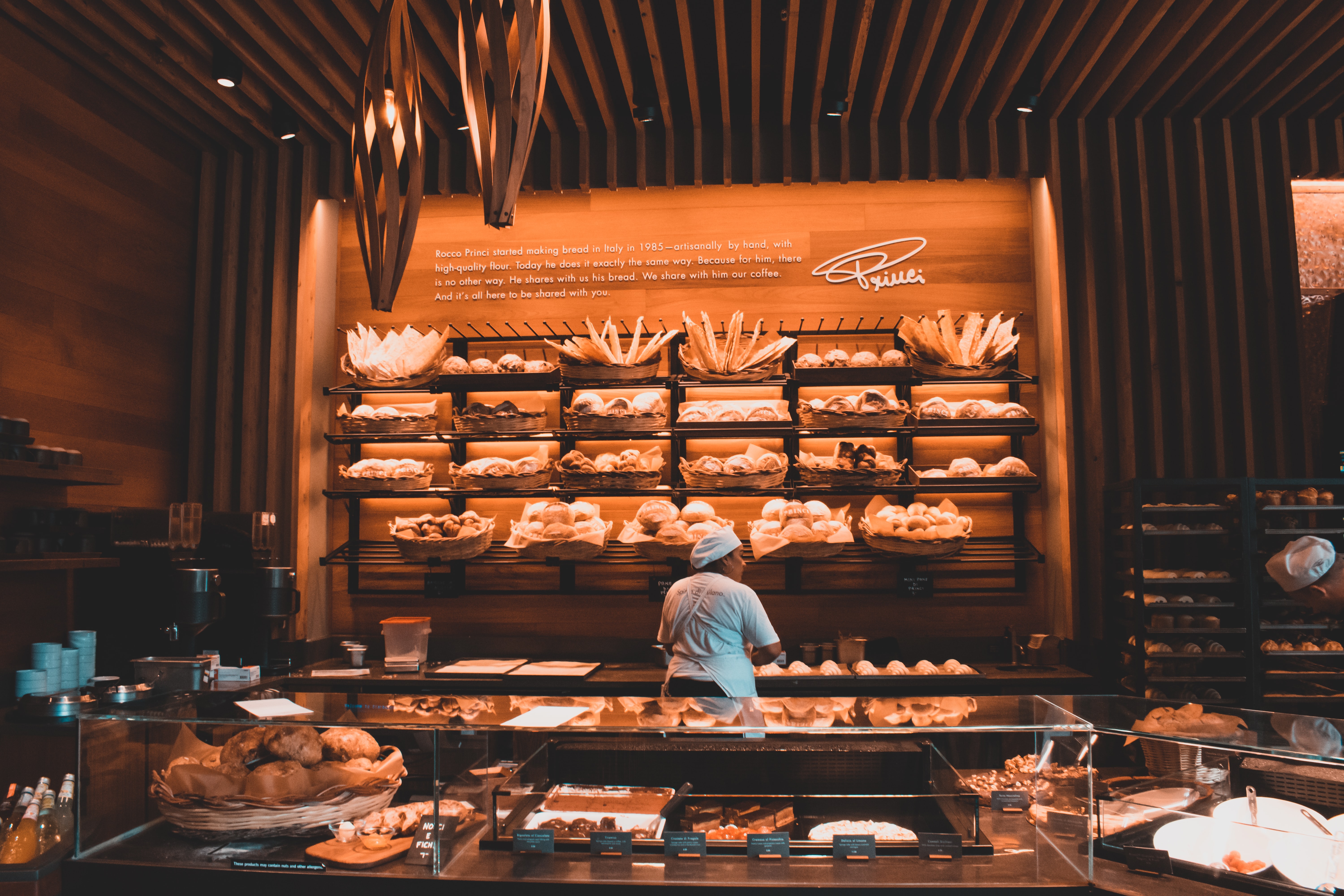
The Resquared Retail Square Footage Guide
From a leasing perspective, it can be challenging to nail down which types of businesses you should be targeting to fill your open spaces.
We’ve done some digging and have come up with a guide that matches common business types with ideal square footages to help take the guesswork out of your prospecting.
One note before you dive in – we totally understand that there will be exceptions to these rules. Just take Starbucks Reserve Roastery New York in the meatpacking district in New York City - the immersive coffee experience it provides takes up a whoping 23,000 square feet of retail space!
That’s more akin to a supermarket than your average coffee shop! Here’s a peek inside the behemoth.
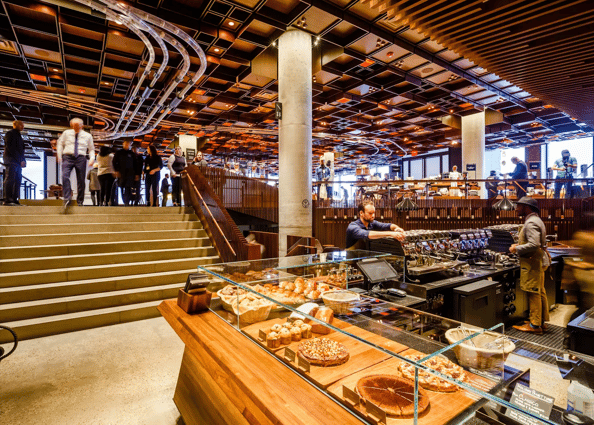
Coffee Shops: Ranging from 600-4600 square feet
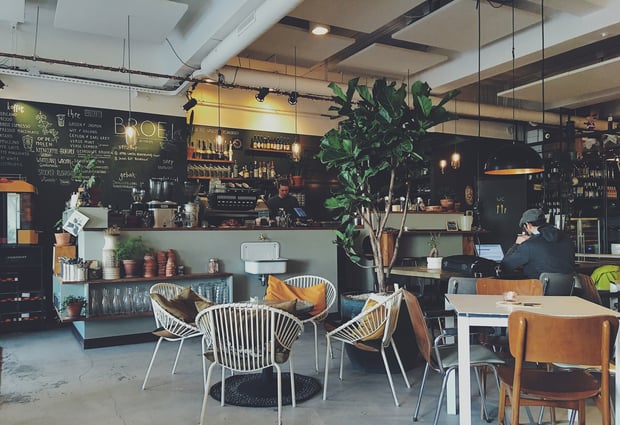
Coffee shops encompass everything from small spaces that are counter service only to larger spaces that provide seating areas and full-service menu options. Small shops with simple menus can be anywhere from 600-800 square feet. Midsize coffee shops with some seating capacity can be anywhere from 1500-2000 square feet, and large, full-service coffee shops can be anywhere from 3500-4600 square feet.
Bakeries – 800-2500 square feet
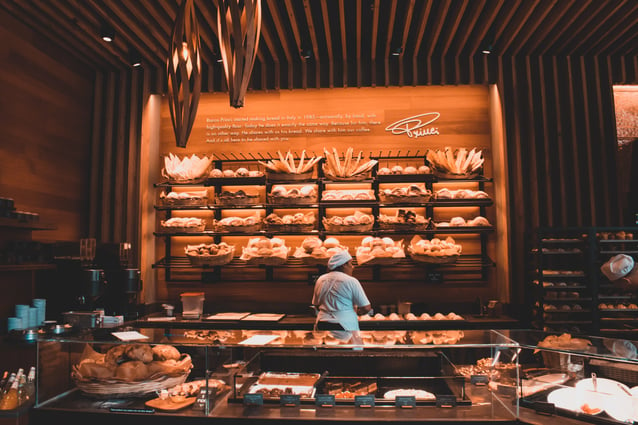
We can smell the croissants baking from just looking at this photo! While small cake shops with no seating can squeeze into 800 square feet spaces, most bakeries average around 1500 square feet. Research has found that above 2200 to 2400 square feet, business owners start to hit a point of diminishing returns, so keeping bakeries under 2500 square feet is ideal.
Boutiques – 800-1000 Square Feet
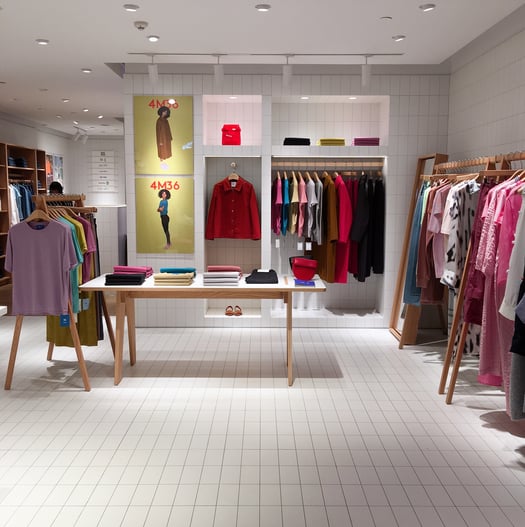
The word “boutique” means a business or establishment that is small and sophisticated or fashionable. So, by its name, boutiques are constricted to smaller spaces, or they lose the boutique-y feel they are striving for. Business owners agree a sweet spot for boutiques in terms of square footage comes in around 800-100 square feet.
Salons – 450-3000+
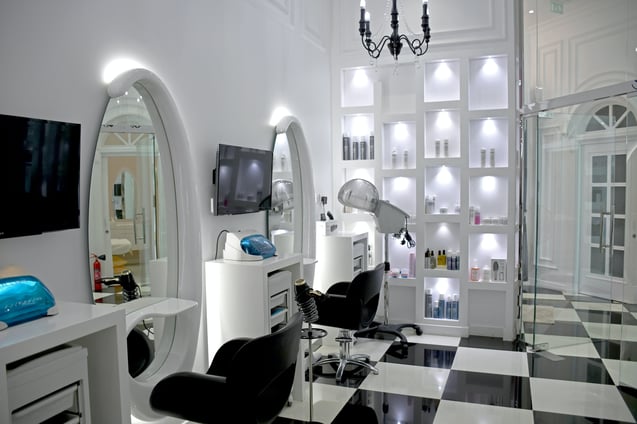
The average salon dimension is 1,500 square feet, with nail salons coming in at 1,300 square feet. However, the exact square footage varies depending on the number of stylists working in the salon. On average, salons require approximately 175 square feet per stylist. When you’re looking for a salon tenant, consider using that in your equation.
Hardware Stores – 2,000-20,000+ Square Feet
.jpg?width=7816&name=oxana-melis-OqJ_YPwRAXY-unsplash%20(1).jpg)
Locally owned hardware stores generally range from 2,000 to 20,000 square feet, with big box hardware stores like Home Depot ranging up to 140,000 square feet or more.
Furniture Stores – 3,500-50,000+ Square Feet
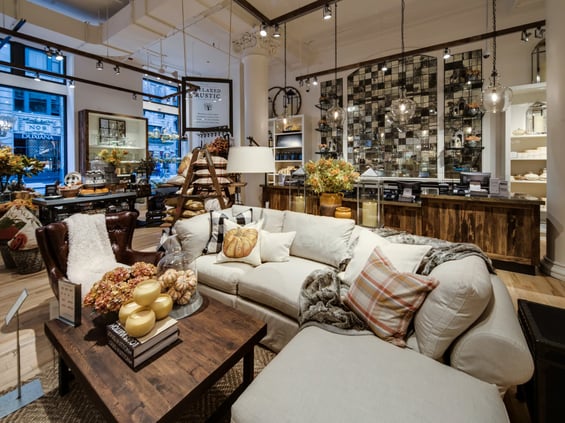
Furniture stores have been going through a major shift in the last decade, with more showroom spaces popping up in lieu of bigger box stores like Ikea. However, both have a significant hold in the market.
Take the perspective of Ethan Allen’s President, Chairman and CEO Farooq Kathwari:
“Today we are opening our design centers in 8,000 and 10,000 square feet and getting even smaller. We have one reopening in the Hamptons … in New York that’s 3,500 square feet. And we have one that’s about 3,000 square feet in Winter Park, Fl. They’re doing as much business as a 15,000-square-foot design center. The reason: strong interior designers and technology.”
So, when you’re looking at a space that typically would go to a smaller store, consider if a larger furniture tenant could use it as a showroom.
Big Box Stores – 60-000-250,000+ Square Feet
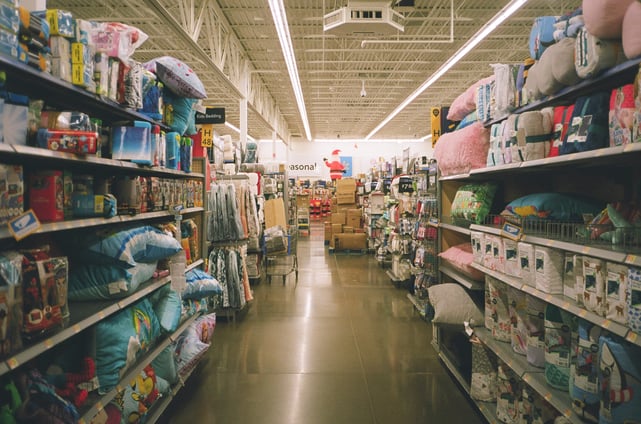
While “supercenters” can range from 180,000-250,000 square feet, the average big box store in America takes up about 125,000 square feet. Many other big box retail stores—including earlier-generation Wal-Mart outlets, Home Depot, Lowe’s, Office Depot, Bed Bath & Beyond, etc.—are in the 60,000 to 140,000 square foot range.
And there you have it! Did we miss any businesses you’d like to see included? Reach out and let us know and we would be happy to research the numbers for you. And feel free to book a demo with our team at your convenience if you’d like to learn how Resquared can help you locate the best tenants to fill your spaces!

